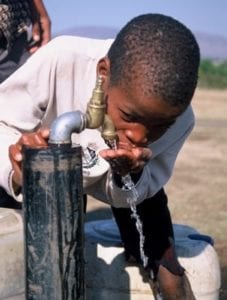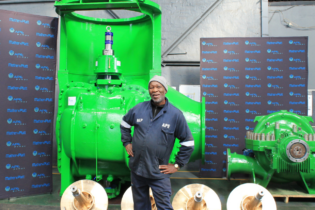 The number of consumer units receiving services from municipalities increased between 2014 and 2015.
The number of consumer units receiving services from municipalities increased between 2014 and 2015.
Basic services
The provision of basic water increased by 2.5% nationally between 2014 and 2015. Water: The highest provincial increases for the provision of water were recorded in Western Cape (5%) and Mpumalanga (3.1%) while the lowest increase was recorded in Gauteng (1.3%). Electricity: The highest provincial increases were recorded in Mpumalanga (10.7%) and Gauteng (5.3%) while Limpopo recorded the lowest increase (1.6%). Sewerage and sanitation: The highest provincial increases were recorded in Mpumalanga (13.9%), Eastern Cape (5.7%), whereas the lowest increase was shown in KwaZulu-Natal and Gauteng (2.1% respectively). Solid waste management: the highest provincial increase was recorded in Mpumalanga (15.4%), Limpopo recorded the second highest increase at (9%) while Eastern Cape recorded the lowest increase at 1.3%.
Indigent households
In 2000, Cabinet announced government`s plan to roll out a free basic services programme to poor (or indigent) households. There were 3.6 million indigent households in 2015, as identified by municipalities. Out of this, 2.4 million (67.8%) benefited from the indigent support system for water, while 2.2 million (62.8%) benefited from free basic electricity provided by municipalities. The report also revealed that 2.1 million (58.7%) indigent households received free sewerage and sanitation while 2.1 million (57.6%) benefited from solid waste management. The report further recorded fluctuations in the free basic services provided to indigent households:- 83 796 fewer consumers received water in 2015 compared to 2014
- 124 147 more consumers received basic electricity in 2015 compared to 2014
- 53 329 more consumers received basic solid waste management services in 2014 compared to 2015
- 23 444 fewer consumers received basic sewerage and sanitation in 2015 than in 2014







